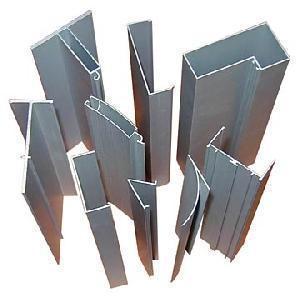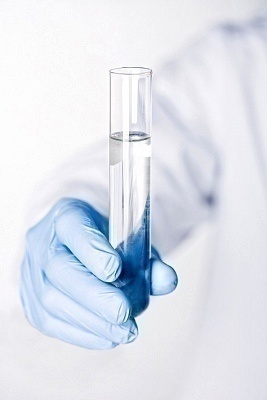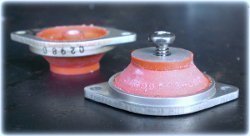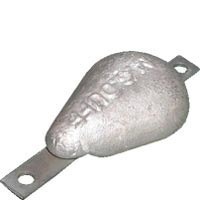Anodizing/anodized aluminum refers to both a specific type of aluminum alloy as well as the process that is used to produce this alloy. The term “anodizing” is used to describe a technique for expanding the natural oxide layer of metals, especially aluminum. Anodizing changes the texture of aluminum by creating a much more porous surface that provides more adhesion for dyes and glues than a smooth surface does. Anodizing also increases aluminum’s wear and corrosion resistance, making the aluminum object much stronger in virtually all environments.
How does Anodizing Aluminum Work?
Anodized aluminum is produced in a number of ways, most of which require an acid solution that is exposed to a direct current of electricity. The electric current causes the aluminum to form hydrogen at its negative electrode (known as the cathode), and oxygen at its positive electrode (known as the anode), which is the aluminum surface itself. The hydrogen is simply an aluminum by-product, while the oxygen is produced in the form of aluminum oxide, providing the basis of the anodization.
Applications
Anodized aluminum is used for many purposes, most of which focus on the idea of creating a porous surface. Whenever an aluminum object needs to be painted or dyed, it must first be anodized so that the paint or dye sticks. Anodizing also increases aluminum’s resistance to corrosion and other environmental conditions. Additionally, anodized aluminum tends to be stronger than regular aluminum, making aluminum a much more practical material. In fact, anodized aluminum is often used in MP3 players, digital cameras, cookware, airplane parts, flashlights, bed frames, window frames, and sports equipment.
Advantages
Anodized aluminum has several advantages that regular aluminum does not. Anodized aluminum has a much more porous surface that allows adhesives, lubricants, and dyes to be absorbed into the alloy. Anodized aluminum also has better natural protection against corrosion and wear, due to its rougher surface and the thick oxide layer that surrounds it. Likewise, anodizing prevents aluminum from cracking or peeling from regular use. Finally, anodizing aluminum is a very clean process and most of its by-products can be recycled and used to produce other goods.
Disadvantages
Although anodizing is generally a good thing, it has several disadvantages. Anodized aluminum has much lower thermal conductivity than regular aluminum, making it a bad material for aluminum cookware. This lower thermal conductivity can also cause the anodized aluminum to crack when exposed to temperatures exceeding 80 degrees Celsius.




Follow Us!